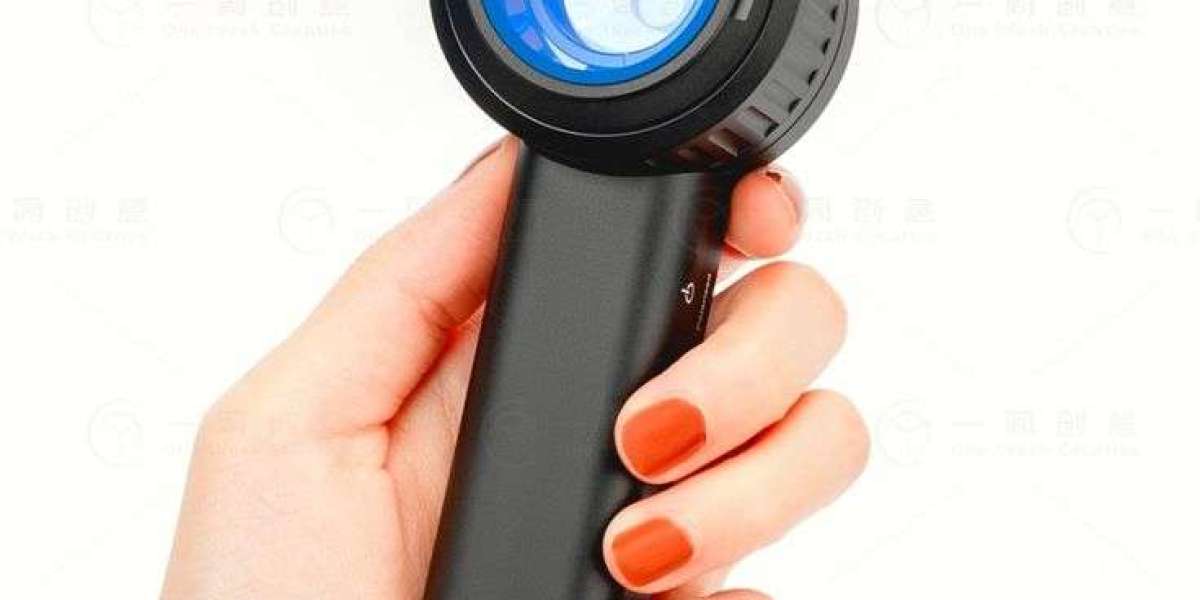Whether you're a general practitioner expanding into skin cancer screenings or a dermatologist seeking an upgrade, here are some practical tips to help you select the best dermatoscope for your clinical use.
- Understand Your Use Case
Before comparing specifications, be clear about how you plan to use the dermascope. Are you mainly performing routine mole checks, or do you need high-resolution imaging for documentation and follow-up? Your daily use will influence whether you need a handheld dermascope, a hybrid model, or even a digital dermascope machine with imaging capabilities.
- Choose Between Polarized vs Non-Polarized Light
A key decision lies in light source type.
- Polarized dermatoscopes reduce surface glare and allow visualization of deeper skin structures without needing immersion fluids.
- Non-polarized models, on the other hand, are better for viewing superficial structures but often require contact with a liquid medium.
Some modern devices offer dual-mode lighting, which gives you the flexibility to switch based on the lesion type — ideal for clinics handling a wide range of skin cases.
- Consider Image Capture & Documentation Features
If your practice involves teledermatology, patient monitoring, or medical record-keeping, having a dermascope with camera integration can be a game-changer. Look for models that sync with smartphones or come with a dedicated imaging system. Many dermatoscope machines now offer Bluetooth or app-based integration, streamlining the process of capturing and storing images securely.
- Think Ergonomics and Portability
A dermascope should feel like an extension of your hand — lightweight, durable, and easy to grip. Some designs are bulkier due to built-in screens or lenses, which can be inconvenient during busy clinic hours or mobile visits. If you're often on the move, opt for a compact, portable model that doesn’t compromise on clarity.
- Power Source and Battery Life
Battery life may not seem important — until it fails mid-consultation. Whether it runs on AA batteries or a rechargeable lithium-ion cell, ensure the power system aligns with your practice. Some premium models come with dock stations or USB charging, adding convenience and reducing the risk of downtime.
- Look for Quality Optics
Clarity and magnification make a significant difference in your diagnosis. Optical quality, lens diameter, and LED brightness all contribute to how well you can visualize skin structures. A higher lens quality helps distinguish subtle features of lesions, which can be crucial for early skin cancer detection.
7. Set a Budget – But Prioritize Value
While it's tempting to go for the highest-end model, balance your budget with what features you truly need. A mid-range dermascope machine with quality optics and basic digital integration might serve better than a pricey, feature-loaded device that’s underused.
Also, don’t forget to compare warranty, service support, and brand reputation. Investing in a reputable product often pays off with fewer issues and better long-term results.
Final Thoughts
Choosing the right dermatoscope involves more than picking a popular brand. It's about aligning your selection with clinical needs, comfort, diagnostic goals, and workflow. With the right device in hand, you're not just examining skin — you're improving patient care, confidence, and outcomes.
Whether you're new to dermoscopy or upgrading your current setup, following these tips will ensure you find a dermascope or dermascope machine that truly fits your professional style.



